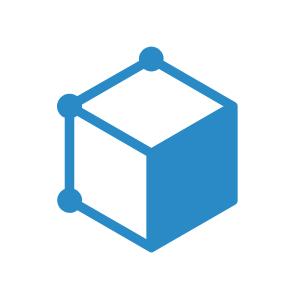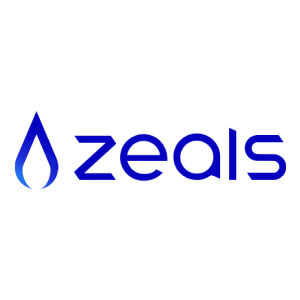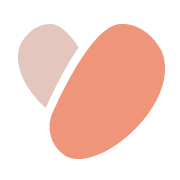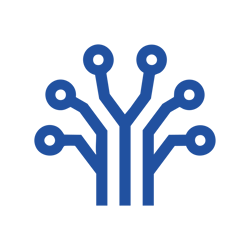Updated October 21, 2025
Maternity and Child Care Allowance in Japan: A Complete Guide [2025]
Having a baby is a big deal, and knowing what financial help is out there can ease a lot of stress for new or growing families in Japan.
The country’s welfare system offers a range of benefits, from prenatal checkup subsidies to generous childcare leave allowances, that can add up to over 2 million yen! But only if you apply for these correctly, of course.
This guide will walk you through every major benefit and maternity allowance in Japan that’s
available, explaining who's eligible and how to apply for maternity benefits in Japan.
In this article: 📝
Child Allowance in Japan: What’s Available Before Childbirth
Before your baby even arrives, there are three important benefits that can help with the costs of pregnancy and getting ready for childbirth.
Subsidies for Prenatal Checkups (Ninpu Kenshin no Hojyo - 妊婦健診の補助)
Regular prenatal checkups are not covered by health insurance, but the government provides vouchers to help with costs. Since regular checkups are medically necessary, this subsidy makes them affordable for all families.
Who is eligible: All pregnant women registered with a Japanese municipality, regardless of nationality or working status.
What you receive: Vouchers for 14 prenatal checkups, which is the standard recommended number of visits during pregnancy. Each voucher typically covers 3,000-7,000 yen of examination costs.
When to apply: As soon as you confirm your pregnancy and receive your maternal and child health handbook (boshi kenko techo).
Where to apply: Your local municipal office (city hall, ward office, or town office).
Required documents: Pregnancy confirmation from a medical professional and identification.
Keep in mind that the subsidy amount varies significantly between municipalities. Some areas offer more generous support, while others provide the minimum required amount. Tokyo, for example, provides more comprehensive coverage than smaller rural areas. Check with your local office to learn exactly what your area offers.
Childbirth and Childcare Support Benefit (Shussan Kosodate Ouen Kyufukin - 出産・子育て応援給付金)
This relatively new program, launched in 2023, provides both consultation support and financial assistance to expecting families.
Who is eligible: Expectant mothers and families who have submitted pregnancy or birth notifications to their local government.
What you receive: A total of 100,000 yen split into two parts: 50,000 yen during pregnancy (after pregnancy notification) and 50,000 yen after birth (after birth notification).
When to apply: First payment during pregnancy after submitting the pregnancy notification. Second payment within 4 months after birth.
Where to apply: Your registered local municipal office.
Required documents: Pregnancy notification, birth notification, and application forms provided by your municipality.
Since this is managed locally, you'll need to check with your specific municipal office for exact procedures and any additional local benefits.
For instance, Tokyo offers comprehensive, accompanying-style consultation services along with financial support. Yokohama, on the other hand, adds extra local funding on top of the national program.
Sickness and Injury Allowance (Shobyo Teatekin - 傷病手当金)
Many people don't realize that pregnancy-related conditions can qualify for sickness and injury allowance. This program provides income replacement when pregnancy-related health issues prevent you from working.
Who is eligible: Employees enrolled in company health insurance (Shakai Hoken) who are unable to work due to pregnancy-related illness.
What conditions qualify: Severe morning sickness (hyperemesis gravidarum), threatened miscarriage, threatened premature labor, or other pregnancy complications diagnosed by a doctor.
What you receive: About two-thirds of your average daily wage for up to 18 months total (can be used intermittently).
When to apply: After being absent from work for 4 consecutive days due to a qualifying condition, with a maximum period up to 1 year and 6 months.
Where to apply: Through your employer to your health insurance association.
Required documents: Medical certificate from your doctor confirming the condition and inability to work, plus application forms from your employer.
The best part about this benefit is that it can be used alongside other maternity benefits, and any time spent working doesn't count toward the 18-month limit.
Financial Support Available After Childbirth: Birth Allowance in Japan and More
Once your baby arrives, four major benefits become available to help with both immediate costs and ongoing support. Let’s have a look.
Lump-sum Maternity Allowance for Childbirth (Shussan Ikuji Ichijikinn - 出産育児一時金)
This is Japan's primary birth benefit, designed to cover most delivery costs regardless of where you give birth or your employment status.
Who is eligible: All mothers enrolled in any Japanese health insurance system (National Health Insurance, Employee Health Insurance, or as dependents).
What you receive: 500,000 yen per child (increased from 420,000 yen in April 2023). For multiple births, you receive this amount per baby.
When to apply: After giving birth, though you can arrange direct payment beforehand.
Where to apply: Either through your health insurance provider or by using the direct payment system at your hospital.
The amount drops to 488,000 yen if your delivery happens at a facility outside the Japan Obstetric Compensation System for Cerebral Palsy (usually for births before 22 weeks).
You can get paid in three different ways:
Direct Payment System: The hospital receives payment directly from your insurance, and you only pay the difference if costs exceed 500,000 yen.
Reimbursement: You pay the full amount upfront and receive reimbursement later.
Proxy System: You designate the hospital to receive payment on your behalf.
If your birth costs less than 500,000 yen, you'll simply receive the difference as a refund.
Maternity Allowance (Shussan Teatekin - 出産手当金)
This benefit replaces your salary during the period you cannot work due to childbirth. It provides income security during your recovery period.
Who is eligible: Women employed and enrolled in company health insurance (not available for those on National Health Insurance or dependents), as well as those on maternity leave without pay and those who give birth after being pregnant for 85 days.
What you receive: Two-thirds of your average daily wage calculated from your standard monthly salary over the previous 12 months.
Coverage period: 42 days before your due date (98 days for multiple births) and 56 days after birth. If you give birth later than expected, the extended period is also covered.
When to apply: Before starting maternity leave, with final submission after your leave period ends.
Where to apply: Through your employer to your health insurance association.
Required documents: Application form, medical certificate confirming due date and actual birth date, and employment verification.
Medical Expense Tax Deduction (Iryohi Kojyo - 医療費控除)
While not a direct payment, this deduction can result in significant tax savings for families with high medical expenses.
Who is eligible: Anyone who paid medical expenses over 100,000 yen (or 5% of income if lower) in a calendar year.
What expenses qualify: Prenatal checkup costs (amounts not covered by subsidies), childbirth expenses (amounts exceeding the lump-sum allowance), transportation costs to the hospital for childbirth if public transport isn’t possible and medical appointments, hospitalization costs for pregnancy complications, and prescription medications related to pregnancy and childbirth.
When to apply: During tax filing season (February-March) for the previous year's expenses.
Where to apply: Tax office or online through the National Tax Agency website.
Required documents: All medical receipts, transportation records, and tax filing forms.
Keep all medical receipts throughout pregnancy and childbirth, including family members' expenses. These can be combined to reach the 100,000 yen threshold.
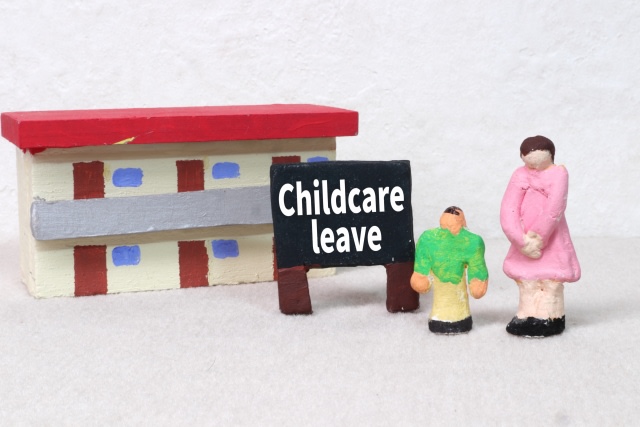
High-Cost Medical Expense Benefit (Kogaku Ryoyohi Seido - 高額療養費制度)
This safety net protects families from overwhelming medical bills when pregnancy or delivery complications require expensive treatment.
Who is eligible: Anyone enrolled in Japanese health insurance when medical costs exceed monthly income-based thresholds.
When it applies: Mainly for emergency cesarean sections, pregnancy complications requiring hospitalization, or other medical treatments during childbirth.
What you receive: Reimbursement of medical costs exceeding your income-based monthly limit (typically 8,000-252,600 yen, depending on income and age).
When to apply: Within 2 years of incurring the medical expenses.
Where to apply: Your health insurance provider.
Required documents: Medical receipts, income verification, and application forms from your health insurance provider.
You can obtain a "Certificate of Application of Maximum Copayment Amount" before treatment to limit upfront costs at the hospital. This certificate tells the hospital your maximum payment amount, so you don't have to pay the full bill and wait for reimbursement.
Financial Support During Childcare (While Parenting): Childcare Allowance Japan
The support doesn't stop after birth. Japan offers several ongoing benefits to help with the long-term costs of raising children.
Childcare Leave Allowance for Mothers (Ikuji Kyugyo Kyufukin - 育児休業給付金)
This substantial benefit helps replace your income while you're on childcare leave, making it financially feasible to take extended time off to care for your newborn. However, there are some specific eligibility requirements.
More specifically, the applicant:
Must have worked at least 11 days per month (or 80+ hours) for 12 months in the 2 years before childcare leave.
Must plan to return to work after leave.
Cannot receive more than 80% of pre-leave salary during leave.
Cannot work more than 10 days per month during leave (or 80 hours if exceeding 10 days).
With this in mind, here are the key points for this allowance:
Who is eligible: Employees enrolled in employment insurance (unemployment insurance) who meet specific work history requirements.
What you receive: First 6 months: 67% of your average monthly pre-leave salary. After 6 months: 50% of your average monthly pre-leave salary.
Coverage period: Until the child turns 1 year old (extendable to 1.5 or 2 years if childcare facilities are unavailable).
When to apply: Before starting childcare leave, with ongoing applications every 2 months.
Where to apply: Through your employer to Hello Work (employment office).
Required documents: Employment insurance records, wage records, and application forms provided by your employer.
If you qualify for both Maternity Allowance and Childcare Leave Allowance, you can receive both benefits consecutively, maximizing your financial support during this period.
For detailed information about how maternity and paternity leave work in Japan, check out our comprehensive guide on paternity and maternity leave in Japan.
Childcare Leave Benefit at Birth for Fathers (Shussenji Ikuji Kyugyo Kyufukin - 出生時育児休業給付金)
This newer benefit, introduced to encourage father participation in childcare, provides financial support for paternal leave immediately after birth.
To qualify for this benefit, the father must meet these requirements:
Take leave within 8 weeks of the child's birth.
Meet the same work history requirements as maternal leave (11+ days or 80+ hours per month for 12 months in the previous 2 years).
Work no more than 10 days during the leave period.
For contract employees, employment must not end within 6 months after the 8-week post-birth period.
If these apply to you, here are the key points you should know:
Who is eligible: Male employees enrolled in employment insurance who meet the same work history requirements as the maternal childcare leave allowance.
What you receive: 67% of average daily salary (same rate as first 6 months of regular childcare leave).
Coverage period: Up to 4 weeks total within the first 8 weeks after birth, and this leave can be split into two separate periods.
When to apply: Starting the day after 8 weeks have passed since birth, until the end of the month two months later.
Where to apply: Through the employer to the Hello Work office.
Required documents: Certificate of Monthly Wage at Start of Leave, Application form for Childcare Leave at Birth, Wage records and attendance sheets, Maternal and Child Health Handbook or medical certificate.
This benefit works alongside the regular childcare leave allowance. The 4 weeks you take count toward the 180 days that qualify for the higher 67% benefit rate.
Child Allowance (Jido Teate - 児童手当)
This ongoing monthly benefit helps with the everyday costs of raising children and continues until your children complete junior high school! It's available to nearly all families living in Japan, regardless of nationality.
Who is eligible: Parents or guardians raising children under 15 years old who reside in Japan.
What you receive: Children ages 0-3 receive 15,000 yen per month. Children ages 3-12 receive 10,000 yen per month (15,000 yen for third and additional children). Children ages 12-15 receive 10,000 yen per month.
Income limits: If household income exceeds certain thresholds, the benefit is reduced to 5,000 yen per month per child.
When to apply: As soon as possible after birth or moving to Japan. Benefits start from the month following the application.
Where to apply: Your local municipal office.
Required documents: Birth certificate, residency documents, bank account information, and income verification.
Payment schedule: Paid three times per year (June, October, February), covering 4 months of benefits each time.
If saved consistently, this allowance can accumulate to nearly 2 million yen (!) per child by junior high school graduation.
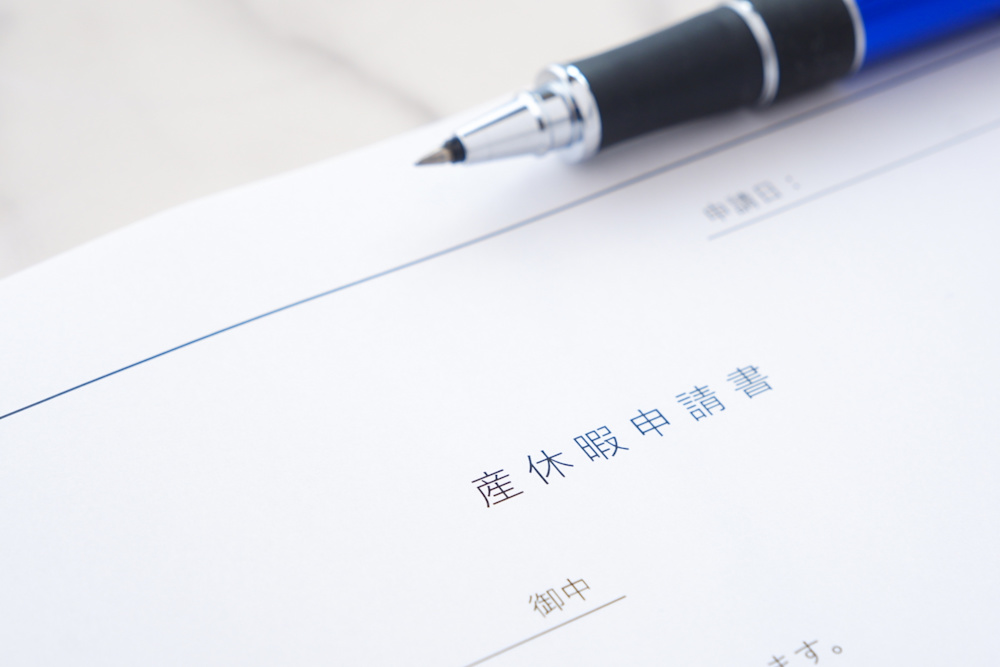
Child Rearing Allowance/Single-Parent Allowance (Jido Fuyo Teate - 児童扶養手当)
Single parents face extra financial challenges when raising children alone. This program provides additional monthly support specifically for single-parent households and families where one parent has a severe disability.
Who is eligible: Single parents (or families where one parent has a severe disability) raising children under 18 years old.
What you receive: Monthly payments that vary based on income and number of children. The maximum amount (as of 2024) for one child is up to 44,140 yen per month. There’s an additional 10,420 yen for the second child and 6,250 yen for each additional child.
Income limits: Strict income limits apply, and benefits decrease as income increases.
When to apply: As soon as you become eligible (after divorce, death of spouse, etc.).
Where to apply: Your local municipal office.
Required documents: Detailed family situation documentation, income records, and residency verification.
The best part about the Jido Fuyo Teate is that, unlike local benefits that vary by municipality, this is a national program with consistent eligibility and payment amounts all across Japan.
A Summary Table: Key Benefits at a Glance
This article covers a lot of information. Here's a quick reference table to help you remember the main benefits and their details:
Benefit |
Amount |
Eligibility |
Application Timing |
Prenatal Checkups |
14 vouchers (varies by city) |
All pregnant women |
At pregnancy confirmation |
Birth Support |
100,000 yen total |
Expecting mothers and families who register their pregnancy or birth with local government |
During pregnancy + within 4 months of birth |
Sickness Allowance |
2/3 daily wage, 18 months max |
Company insurance employees with pregnancy-related medical conditions |
After a 4+ day absence |
Birth Lump Sum |
500,000 yen per child |
All insured mothers |
After birth |
Maternity Allowance |
2/3 daily wage, 98 days |
Company insurance employees, those on maternity leave without pay and those who give birth after being pregnant for 85 days |
Before/after leave |
Medical Expense Tax Deduction |
Tax savings on expenses over 100,000 yen |
Anyone who paid medical expenses over 100,000 yen (or 5% of income if lower) |
During tax season (February-March) |
High-Cost Medical Expense Benefit |
Typically 8,000-252,600 yen |
Anyone with Japanese health insurance whose medical costs exceed their monthly income |
Within 2 years of paying the medical expenses |
Childcare Leave for Mothers |
67% then 50% of salary |
Employment insurance enrollees who meet the work history requirements |
Before leave, ongoing |
Fathers' Leave |
67% salary, up to 4 weeks |
Male employment insurance enrollees who meet the same work history requirements as maternal leave |
Starting the day after 8 weeks have passed since birth, until the end of the month two months later. |
Child Allowance |
10,000-15,000 yen/month |
Parents or guardians raising children under 15 years old who live in Japan |
Immediately after birth |
Single Parent |
Up to 44,140 yen/month |
Single parents, or if one has a disability |
When eligible |
Additional Local Government Support Programs: Why Location Matters
While national programs provide the foundation of support, many local governments go above and beyond with their own unique benefits.
Kibi Chuo Town in Okayama Prefecture offers one of Japan's most generous examples. This small town gives 1 million yen for the first child, with even larger amounts for additional children. They use these payments to attract young families and fight population decline.
Kibi Chuo Town isn't unique. Many rural and coastal communities offer substantial local benefits to encourage people to move there and have children. If you live outside major cities, check with your municipal office about local programs. You might discover benefits worth tens of thousands of yen that you didn't know existed.
Additional Health Resources for Expecting Parents
Knowing about financial benefits is important, but you'll also need to navigate Japan's healthcare system during pregnancy and childbirth. These resources can help you prepare for the medical side of having a baby in Japan.
Our guide on how to get medical care in Japan provides essential information about insurance, finding doctors, and understanding medical procedures.
For those seeking English-speaking medical care in Tokyo, check out our list of English-speaking gynecologists in Tokyo. These practitioners can support you through pregnancy and childbirth in your preferred language.
If you're planning to give birth in Japan as a foreign resident, our detailed guide on giving birth in Japan as a foreigner covers everything from hospital registration to paperwork requirements.
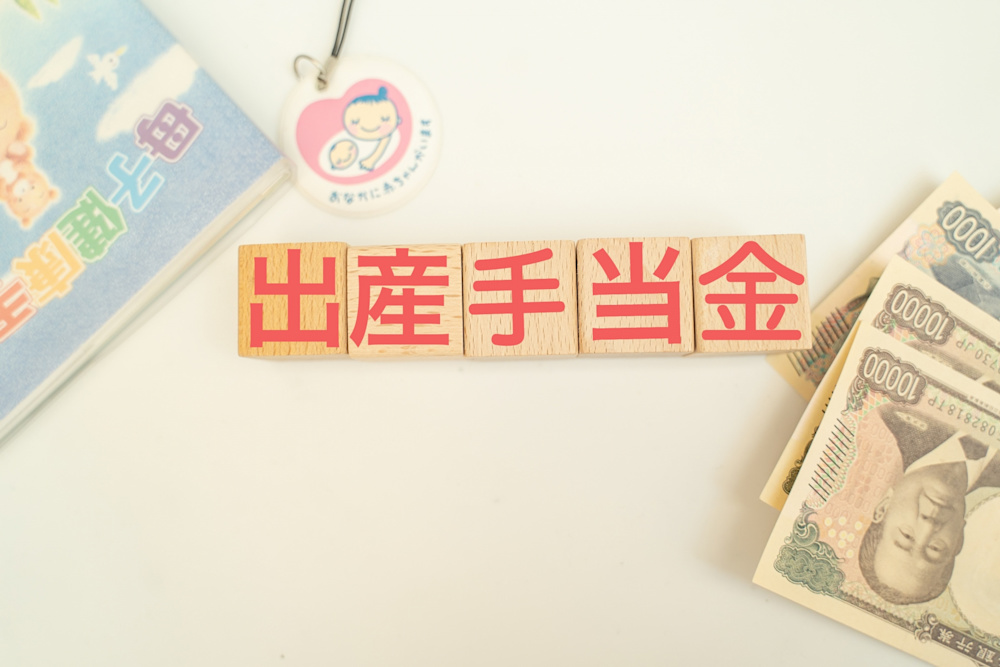
Conclusion on Maternity Pay in Japan: Making the Most of Japan's Support System
Japan offers substantial financial support for families, but getting the maximum benefit requires understanding the rules and timing your applications correctly.
First off, remember that many benefits require advance application or have specific timing requirements. So, begin researching and preparing applications as soon as you confirm pregnancy.
While national programs provide a baseline, local governments often offer additional support that can significantly increase your total benefits, so consult your local government as well.
Lastly, keep detailed records throughout the process. Save all medical receipts, maintain employment records, and document your applications. Good record-keeping prevents problems and helps you maximize your benefits.
The financial support available through Japan's maternity and childcare system can total over 2 million yen for working mothers who utilize all available programs. This substantial help makes it easier to focus on what matters most: taking care of your growing family while maintaining your financial security.
Get Job Alerts
Sign up for our newsletter to get hand-picked tech jobs in Japan – straight to your inbox.



